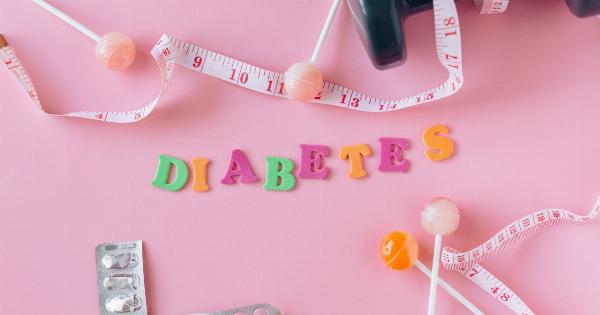A stroke occurs when there is a disruption in the blood supply to the brain, leading to a lack of oxygen and nutrients. It is a serious medical condition that can result in long-term disability or even death.
While certain risk factors for strokes, such as age and family history, are beyond our control, there are steps we can take to reduce our risk through optimal nutrition.
The Role of Nutrition in Stroke Prevention
Our dietary choices play a crucial role in maintaining a healthy body and preventing various diseases, including strokes.
A nutritious diet can help control underlying conditions that increase the risk of stroke, such as high blood pressure, high cholesterol levels, and diabetes. Additionally, specific nutrients and dietary patterns have been found to have a direct impact on stroke prevention.
1. Consume a Diet Rich in Fruits and Vegetables
Fruits and vegetables are packed with essential vitamins, minerals, antioxidants, and fiber. These nutrients help maintain the health of blood vessels, reduce inflammation, and lower blood pressure.
Aim to include a variety of colorful fruits and vegetables in your daily meals and snacks to maximize the benefits.
2. Choose Whole Grains over Refined Grains
Whole grains, such as brown rice, whole wheat bread, and oatmeal, are a better choice compared to refined grains, such as white bread and white rice.
Whole grains provide more fiber, vitamins, and minerals, which are essential for heart health and reducing stroke risk. Make the switch to whole grain options for your bread, pasta, and rice.
3. Opt for Healthy Fats
Avoiding saturated and trans fats is crucial for optimal cardiovascular health.
Instead, focus on incorporating healthy fats into your diet, such as monounsaturated fats found in olive oil, avocado, and nuts, as well as polyunsaturated fats found in fatty fish, flaxseeds, and walnuts. These fats help improve cholesterol levels and reduce inflammation in the body.
4. Limit Sodium and Processed Foods
High sodium intake can contribute to high blood pressure, a significant risk factor for stroke. Minimize your consumption of processed and packaged foods, as they often contain high amounts of sodium.
Opt for fresh, whole foods and limit your use of salt during cooking and at the dining table.
5. Include Lean Proteins
Protein is an essential macronutrient for numerous bodily functions. Opt for lean protein sources such as skinless poultry, fish, legumes, and tofu. These options provide necessary nutrients without the added saturated fat found in red meats.
6. Increase Omega-3 Fatty Acids Intake
Omega-3 fatty acids have been found to promote heart health and reduce stroke risk. Include food sources rich in omega-3s in your diet, such as fatty fish (salmon, mackerel, and sardines), chia seeds, flaxseeds, and walnuts.
If needed, consider adding a high-quality omega-3 supplement to your routine after consulting with your healthcare provider.
7. Minimize Added Sugar
Excessive sugar consumption can lead to weight gain, increased blood pressure, and diabetes, all of which are risk factors for stroke. Minimize your intake of sugary beverages, desserts, and processed snacks.
Instead, satisfy your sweet tooth with naturally sweet foods like fruits.
8. Moderate Alcohol Consumption
While moderate alcohol consumption has been associated with a lower risk of heart disease, excessive alcohol intake can raise blood pressure and increase the risk of stroke. If you choose to drink, do so in moderation.
Women should aim for no more than one drink per day, and men should limit themselves to no more than two drinks per day.
9. Stay Hydrated
Proper hydration is essential for overall health and maintaining optimal blood flow. Dehydration can lead to thickening of the blood, increasing the risk of blood clots.
Aim to drink an adequate amount of water throughout the day and limit your intake of sugary beverages and caffeinated drinks.
10. Maintain a Healthy Weight
Excess weight and obesity increase the risk of various health conditions, including stroke. Incorporate a balanced diet and regular physical activity into your lifestyle to achieve and maintain a healthy weight.
Consult with a healthcare professional or registered dietitian for personalized guidance.
Conclusion
Reducing the risk of stroke through optimal nutrition is within our control.
By adopting a diet rich in fruits and vegetables, whole grains, healthy fats, lean proteins, and low in sodium, added sugars, and excessive alcohol, we can improve our cardiovascular health and protect ourselves from strokes. It is important to remember that nutrition is just one aspect of stroke prevention, and maintaining a healthy lifestyle overall plays a crucial role.






























